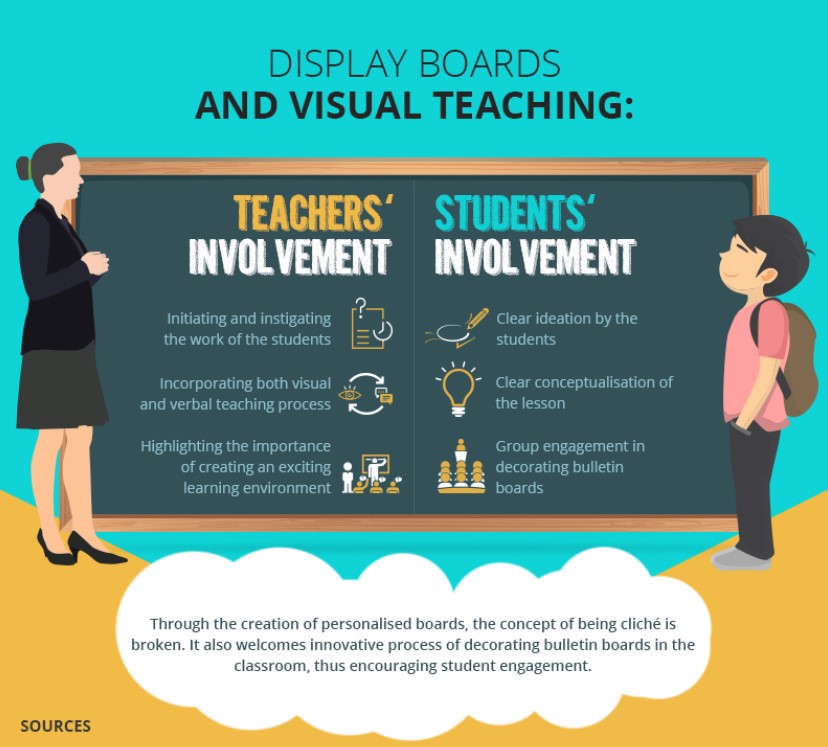
EDUCATIONAL BOARDS
EDUCATIONAL BOARDS
Effective teaching comes with visual aids as supplements for learning. Learners in a classroom setting may find it hard to keep up with classroom discussions if teachers do not use techniques and strategies to catch the students’ attention. They will get bored, won’t listen, and eventually end up with low or failing grades. When that happens, the teacher will be blamed for ineffective teaching or perhaps lack of dedication.
That is why tools that supplement learning exist, such as the dry-erase whiteboard. This tool makes learning more interactive, interesting, and straightforward. With the markers and some visual aids that can be attached to the board, teaching and learning become easier and more convenient. Other boards are also helpful to attract students' attention as well as engage them in various learning activities.
Whiteboard: A whiteboard frequently is used in classrooms, meeting rooms, and boardrooms. It is usually made out of melamine, allows non-permanent markings, and generally is mounted on the wall. Whiteboards are becoming more popular than their older counterpart, the chalkboard.
Whiteboard- A Brief History
Whiteboards became commercially available in the early 1960s but did not become widely used until 30 years later. Early whiteboards needed to be wiped with a damp cloth and markers had a tendency to leave marks behind, even after erasing the board. Dry-erase markers for whiteboards were invented in 1975. Whiteboards started becoming commonly used by businesses in the early 1990s. They became more common in classrooms during the 1990s due to concerns over health problems in children with dust allergies and the potential for chalkdust to damage computers.
Guidelines for using Classroom Whiteboard
- First of all mention your topic on while board.
- Mention date on board
- Use multiple color markers
- Mention topic and sub-topic names
- We should use partitioning of whiteboard
- Write definitions of important concepts
- Draw important diagrams and name all components of the diagram
- Use the duster to clear or erase whiteboard
- Don’t talk to the board
- Writing should be legible.
- Ask students before erasing content on board
- Avoid glare on board in the classroom
- Follow margins on board
- Always start writing from top
- Don’t write anything on the bottom
- Don’t stand before board while explaining
- Use the board for Q&As.
- Invite students to write something on board.
- Pause and step aside
- Don’t erase mistakes instantly
- Summarize at the end of the session whatever is presented on board.
- Ensure erasing the board before leaving the class.
BULLETIN BOARD
A brief report, especially an official statement on a matter of public interest issued for immediate publication or broadcast.
A bulletin board (pinboard, pinboard, noticeboard, or notice board in British English) is a surface intended for the posting of public messages, for example, to advertise items wanted or for sale, announce events, or provide information.


